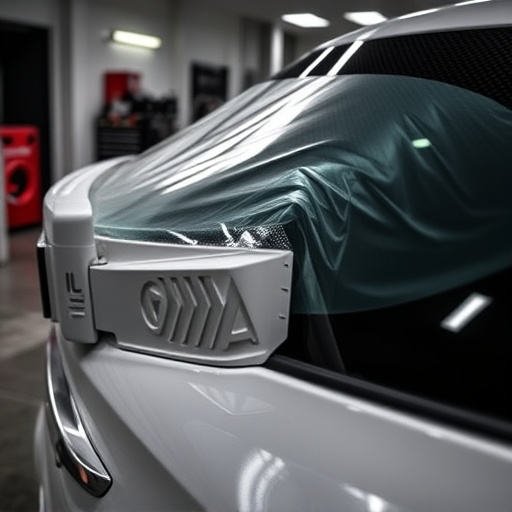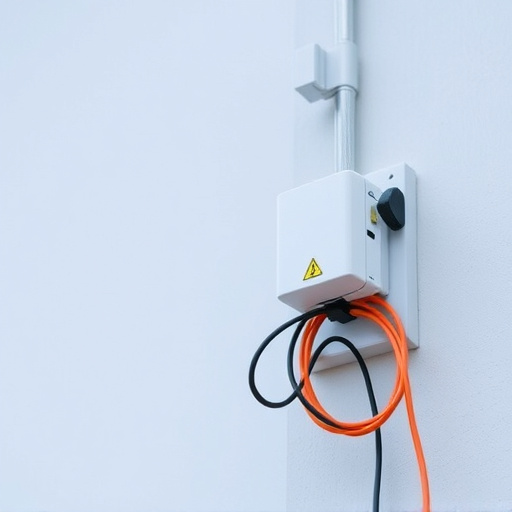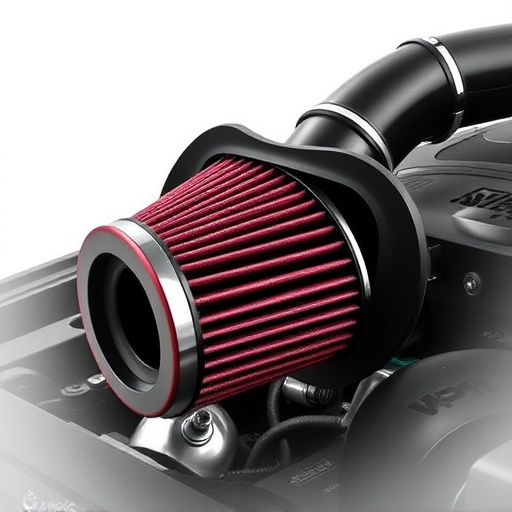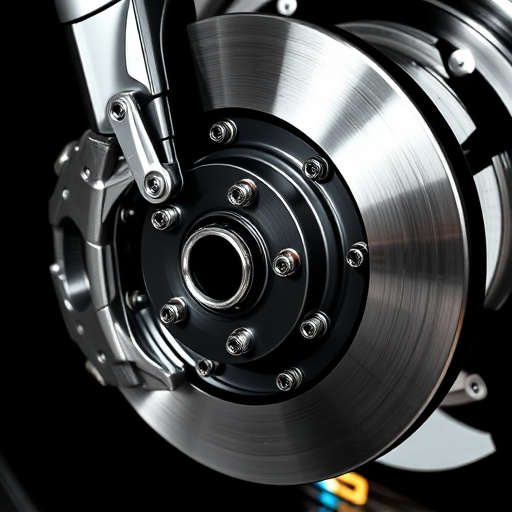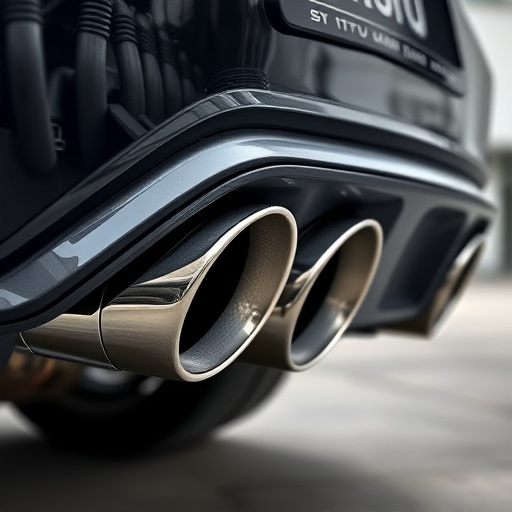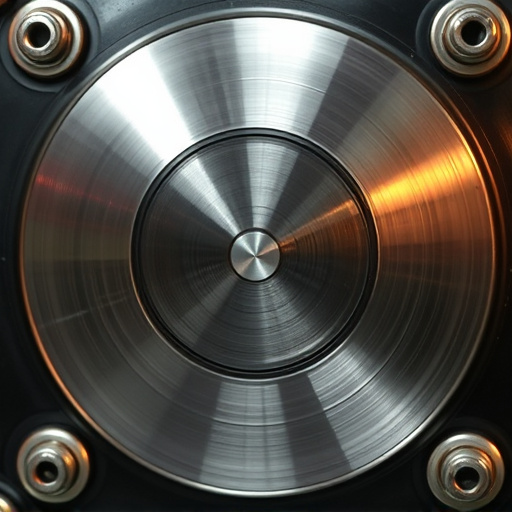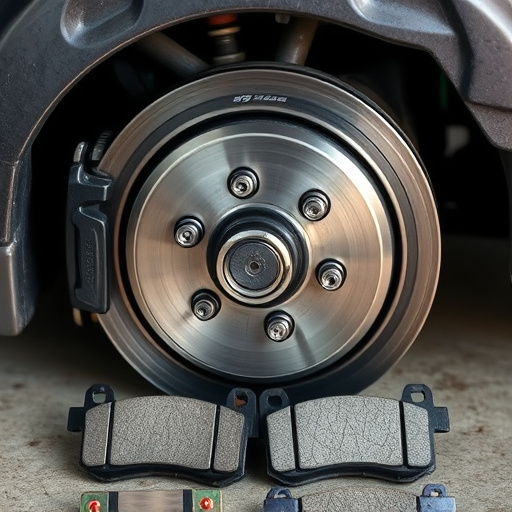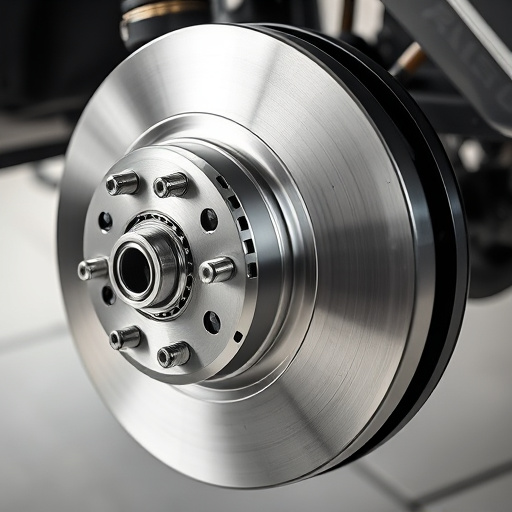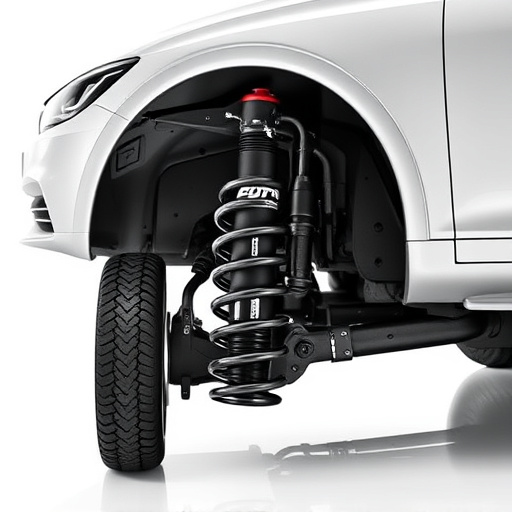Upgrade your vehicle with a straight pipe exhaust for enhanced performance and efficiency. This modification improves engine sound, power output, torque, and acceleration by allowing unrestricted airflow. However, consider the impact on suspension and brakes due to increased heat and strain. Compatible performance brakes ensure safety in demanding driving situations. If your vehicle shows sluggish performance, like reduced acceleration or power loss, a straight pipe exhaust can address issues caused by restricted airflow. Regularly check air filter kits for clogs; an upgraded exhaust system promotes optimal engine intake and overall performance. Assess current engine metrics against stock exhaust specs to understand potential gains, and consider modifications that improve airflow and reduce backpressure for enhanced engine performance.
Are you ready to take your vehicle’s performance to new heights? If you’re noticing signs of power loss, reduced efficiency, or changes in sound and acceleration, it might be time for a straight pipe exhaust upgrade. This high-performance system offers numerous benefits, from improved driving experience and enhanced aesthetics to easier maintenance and increased longevity. Discover how a straight pipe exhaust can transform your vehicle, boosting both performance and personal style.
- Assessing Performance and Efficiency
- – Identifying power loss or reduced performance
- – Measuring engine’s efficiency and comparing with stock exhaust
Assessing Performance and Efficiency
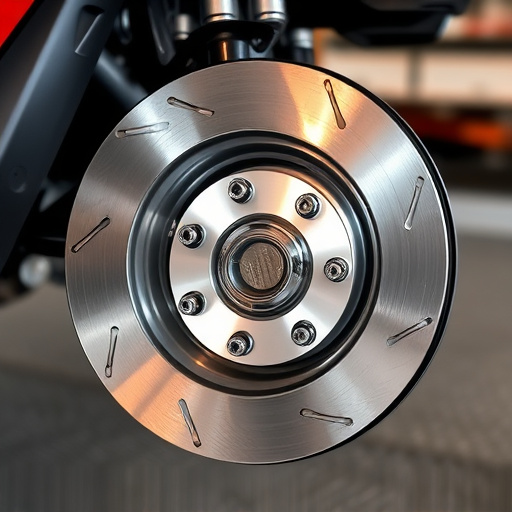
If you’re considering a straight pipe exhaust upgrade, assessing your vehicle’s performance and efficiency is a crucial step. One of the primary benefits of this modification is improved engine sound and enhanced driving experience. However, it goes beyond just aesthetics. A well-tuned straight pipe exhaust can significantly boost power output and torque, leading to better acceleration and overall vehicle responsiveness. This upgrade often involves replacing the factory cat back exhaust system with a more open design that allows for unrestricted airflow.
Additionally, when evaluating your readiness for this modification, consider the impact on other essential components like suspension and brakes. High-performance exhaust systems can generate additional heat and strain on these parts, especially if they are not designed to handle such demands. Upgrading to performance brakes might be a parallel consideration as they can better manage the increased stopping power required when pushing your vehicle harder, ensuring optimal safety and control during high-performance driving situations.
– Identifying power loss or reduced performance
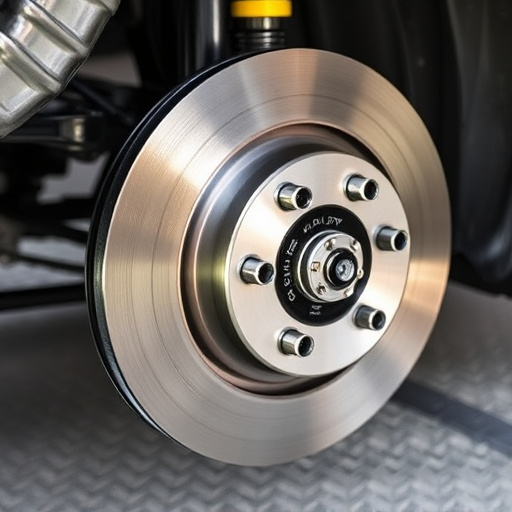
If your vehicle is starting to feel sluggish and underperforming, it might be time to consider a straight pipe exhaust upgrade. Power loss or reduced acceleration can be clear indicators that something is amiss with your current exhaust system. This issue could stem from restrictions within the pipeline that hinder the smooth flow of gases, leading to decreased engine power and efficiency.
One way to identify this problem is by observing changes in your vehicle’s performance during various driving conditions. For instance, you might notice a lack of boost during acceleration or a decrease in top speed compared to when your exhaust was in optimal condition. Additionally, checking your air filter kits regularly can provide insights into airflow issues; a clogged filter could restrict engine intake and contribute to power loss, highlighting the need for an upgraded exhaust system that promotes better vehicle performance.
– Measuring engine’s efficiency and comparing with stock exhaust
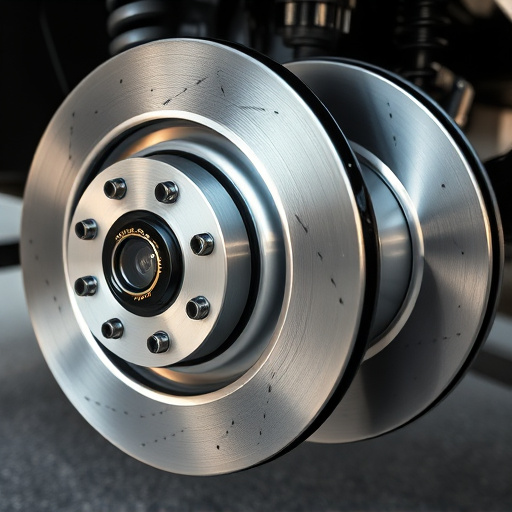
Before considering a straight pipe exhaust upgrade, it’s crucial to assess your vehicle’s current engine performance and compare it against the stock exhaust system. Measuring engine efficiency involves evaluating key metrics such as horsepower, torque, and fuel economy. This can be done using specialized tools or by consulting with automotive experts who can help you interpret the data. By comparing these figures with the specifications of your stock exhaust, you gain valuable insights into potential gains from the upgrade.
If you’ve noticed a significant drop in engine performance after installing modifications like suspension kits or cold air intakes, or if your vehicle’s fuel efficiency has deteriorated, it might indicate that your current exhaust system is not optimized for your upgraded components. In such cases, a straight pipe exhaust could help rectify these issues by offering improved airflow and reducing backpressure, thereby enhancing overall engine performance and potentially allowing you to take advantage of high-performance brakes for better control on the road.
If you’ve noticed a decline in your vehicle’s performance and efficiency, it might be time to consider an upgrade to a straight pipe exhaust system. By assessing power loss and comparing engine performance to its stock state, you can determine if this modification is the right move for enhancing your driving experience. Embrace the potential benefits of improved horsepower and torque while also contributing to better fuel economy—a true win-win for both your vehicle and the environment.
